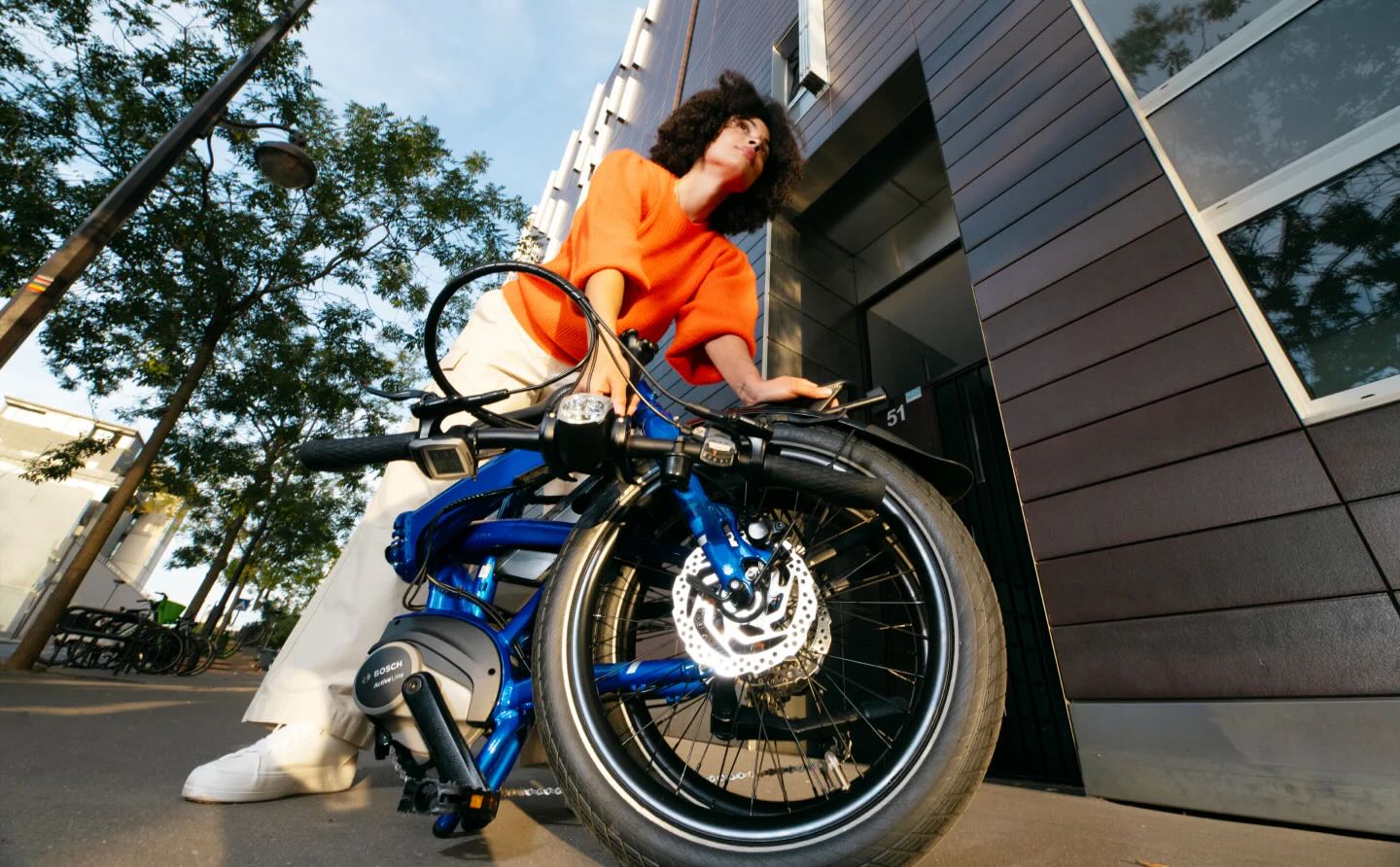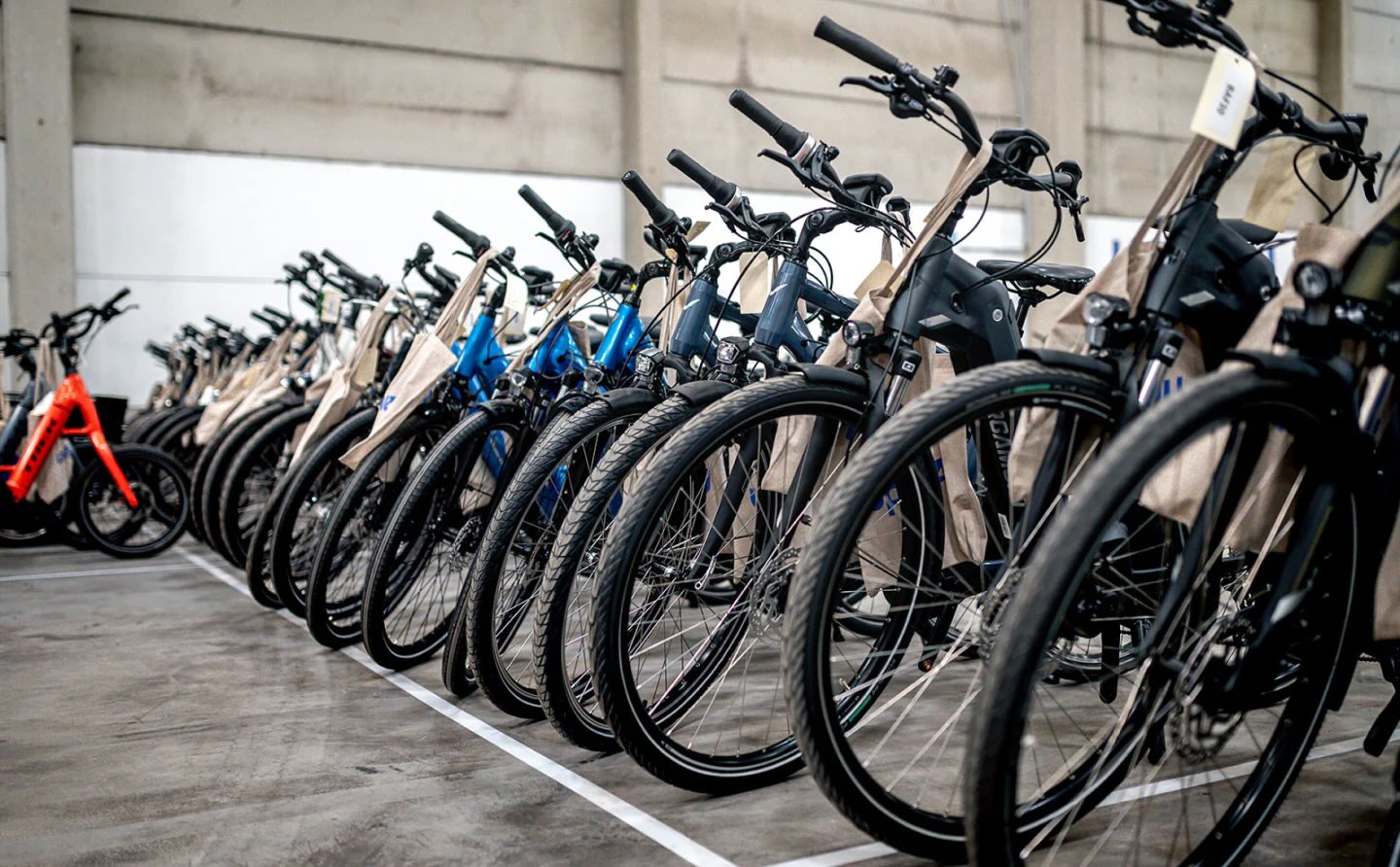Societal factors like pollution, wealth, and population density may impact coyotes' behavior in large urban areas like Los Angeles. Now, research suggests new models for predicting where coyotes will gravitate to in cities as they wander out of the wild.
What's happening?
As the Berkeley Rausser College of Natural Resources recently reported, researchers uncovered evidence that coyote behavior is driven by more than just the availability of water and shelter. They published their findings in Ecology Letters to share how human activities can significantly impact wildlife behavior.
Led by California Academy of Sciences research associate Christine Wilkinson, the researchers collected information on local coyotes' movement. They compared it to participatory mapping session data and the insights of experienced trappers who have placed tracking collars on coyotes over the past decade.
"I've heard a lot from people on the ground that it's never been like this," said the study's co-author, Niamh Quinn. "Seeing a coyote in an urban environment was very rare 15 to 20 years ago, whereas seeing one now is very common."
They found that coyotes tracked in poorer areas with greater human density and more pollution moved differently than coyotes in wealthier neighborhoods.
Why are urban coyote movements important?
This study is significant because it provides new insights into urban coyote behavior. Few past studies have considered societal factors like pollution, infrastructure density, and human-built surfaces.
Watch now: Giant snails invading New York City?
The researchers were surprised to learn that tracked coyotes avoided wealthier neighborhoods despite greater natural resources and higher-quality infrastructure. They noticed coyotes moved slower in those areas than those in poorer, densely developed neighborhoods.
Understanding these wildlife movement patterns can help reduce human-wildlife interactions and keep people and animals safer in urban settings. This research also helps acknowledge the interconnectedness between human and animal species and aids urban planners in creating city designs that respect biodiversity as well as human progress.
What's being done about wildlife in cities?
Scientists involved in this research project hope to inspire further study about how human-caused inequities can affect wildlife and overall ecosystem balances. Since human activities continuously drive animals out of their natural habitats, it is more important than ever to live together in healthy and equitable shared environments.
If you encounter a coyote in a city, remember to keep your distance and give the wild animal plenty of space to move. Never approach or feed a coyote because doing so can lead to more frequent and dangerous interactions between the animals and people.
TCD Picks » Upway Spotlight

|
Do you worry about air pollution in and around your home? Click your choice to see results and speak your mind. |
It is also recommended to report city coyote sightings to local animal control or wildlife authorities. Sharing your encounters can help them track coyote activities where you live and ensure that coyotes and humans stay safe while coexisting in the same environments.
Join our free newsletter for good news and useful tips, and don't miss this cool list of easy ways to help yourself while helping the planet.


















